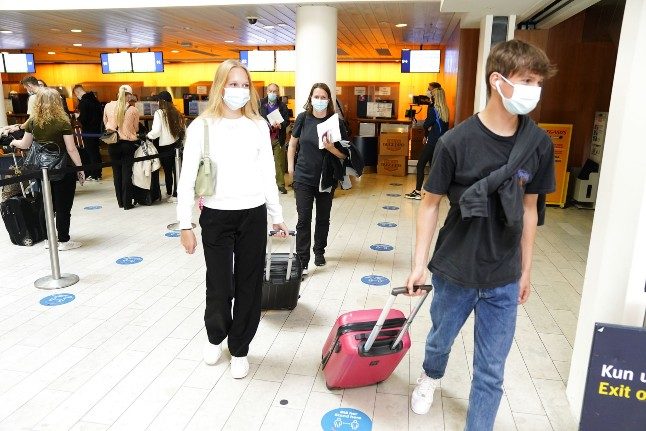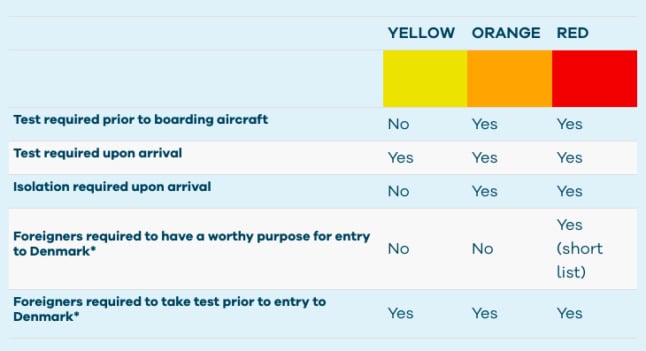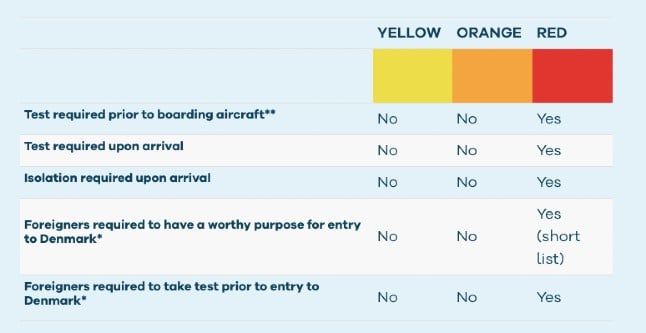The European Commission said it would closely monitor the deployment to ensure it did not violate the European Union’s open border rules.
The move followed parliamentary approval last week despite concerns voiced
by Brussels and Berlin.
“Fifty extra officers have already been deployed at certain borders and
will be carrying out random checks,” Customs spokesman Finn Serup told AFP.
He stressed though that “they will not be stopping all vehicles. That is
not the idea. We are talking about random checks.”
The Danish government has defended the move, saying random border checks
are in line with the Schengen passport-free travel area and that the aim is to combat the smuggling of illegal goods and drugs, not control travellers.
“The commission will strictly monitor the implementation of this first phase to ensure that European law is fully respected,” Michele Cercone, the home affairs spokesman for the European Union’s executive arm, told a news briefing in Brussels.
Thirty customs officers had been sent to the Danish-German border at Froeslev, 10 to the Oresund Bridge that links Denmark to Sweden and 10 to the Gedser ferry terminal which services Rostock in Germany, Serup said.
The latter would later be sent to the Rödby ferry terminal which services
Puttgarden in Germany, he added.
A Danish parliamentary committee last week approved the centre-right government’s controversial plan, pushed through by its far-right ally, despite misgivings from its EU partners, who warned it could undermine the 26-nation
Schengen border-free area.
The European Commission has opened a probe into whether the measure violates the Schengen agreement, which allows people to travel without checks from country to country within the European Union, dates from 1985.
In May, Swedish minister of finance, Anders Borg, said that he saw no immediate concerns with Denmark’s decision to increase border controls between the two countries.
“It is good that Denmark wants to take precautions to ensure we have no drug smuggling, cross-border criminal activity, human trafficking or similar carried out between Demark and Sweden,” said Borg to news agency TT at the time.
However, he welcomed the move by the EU to look into the matter to make sure it is not violating any previous agreements.
“The EU-commission will look into this and ascertain that it doesn’t go against laws on free movement across borders or the positive integration we have in the Öresund-region, “ Borg said to TT.
Borg said that he thought the free movement between Denmark and Sweden is crucial to the region.
“It should be easy to travel over the Öresund-bridge. It should be easy to live and work in Denmark and Sweden,” Borg said in May.
The Swedish border controls in the area are working well and are not too much of a hindrance to commuters, according to Borg.
In June, the Danish foreign minister Lene Espersen claimed that the widespread criticism of the Danes new move was ” based on an misunderstanding”.
“Much of the criticism is based on a misunderstanding of what the agreement is all about,” Espersen told reporters in Stockholm in June.
“It is important to stress that this deal is about customs control of transport of goods like weapons and drugs, and that the deal is not about controlling people’s identities or passports or an old-fashioned border control,” she insisted.
Espersen explained that the plan was due to “concern among the Danish population over cross-border crime … not least drugs and weapons.”
“The Danish government is intent on carrying out this agreement in line with the Schengen rules and in line with the EU treaty,” she said at the time.





 Please whitelist us to continue reading.
Please whitelist us to continue reading.
Member comments